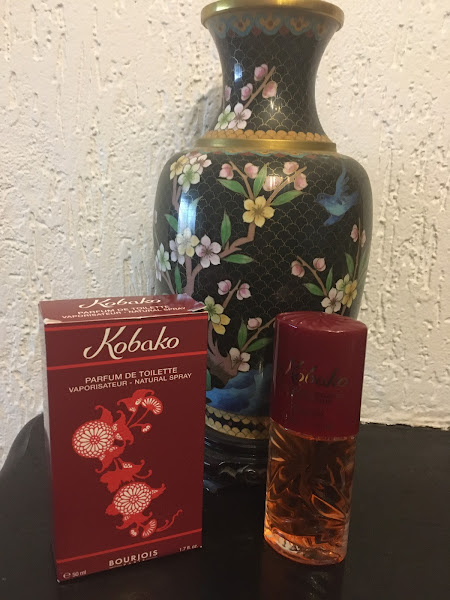Back in August 2023, Jean Paul Gaultier launched Gaultier Divine, the brand's new feminine fragrance, classified as a gourmand marine floral. American actress Yara Shahidi has been selected to represent the new fragrance, imagined as a celebration of femininity. It is signed by perfumer Quentin Bisch and is made of floral, gourmand, and marine notes. For Gaultier Divine the bet was on creating something that young women would want for themselves and everyone would like having them approach them.
Gaultier Divine capitalizes on the marine semiotics which the Gaultier team has used ever since the cool matelot-clad sailor for Le Male. The marine theme is very tongue-in-cheek. On the one hand the homoerotic nuances of sailors, on the other the salty touch of the new fragrance aimed at women. The fragrance is depicted on women gazing at men at sea. But it's all a tempest in a bottle! The allusion to a scent that would create a similar tempest on those smelling it is not lost upon us. The women playfully cajole and seduce the sailor trapped inside this bottle. It's cleverer than a simple seduction trick in advertising and subtle enough that it does not scream sexist or cliché.
Solar fragrances are probably the genre into which I would classify this creation. The term solar fragrance notes (on which I have written extensively) expresses the essence of sunshine and the appeal of endless sugar-spun sands, or the embrace of tanned, warm skin. A perfumer uses helional and mainly salicylates to render this effect, sometimes heliotrope synthetics, too. Flower accents of tiare, frangipani, and ylang-ylang, contribute to this exotic field, alongside mimosa, coconut, vanilla, and salty or marine notes. But not all are used in Gaultier Divine which is as airy as a meringue.
pic borrowed from confessions of baking queen
Calypsone stands here for the iodic facets of oakmoss, as well as watery facets in the floral bouquet of Gaultier Divine, as the interplay between watery and yet non-sweet is beautifully rendered amidst the heart notes. My initial personal impression upon spraying is that someone crossed the bridge between the intensely solar-salicylate chord of Lys Soleia (Guerlain Aqua Allegoria), which was a bit too summery, and the much more delicate treatment of lily-salicylate in Vanille Galante (Hermessences). The latter, although baptized vanilla, is really a lily, the kind with white waxy petals and red stamens, spicy and sweet, yet alluring and mesmerizing. Benzyl salicylate has been the mainstay of this sort of genre, with benzyl amyl and cis 3 hexenyl, the mothership of solar fragrances. I am hypothesizing that Bisch is working his magic in Gaultier Divine with the salicylate molecule Karmaflor he has access to, if only to bypass the rationing of salicylates due to IFRA restrictions, but also to tie it to Mahonial (a lily synthetic) and Nympheal (a watery molecule that has flowery, lotus and lily facets). Lilies do have a salty nuance themselves, as deliciously explored in the once poetic Lys Mediterranee (it has now been tampered with somewhat).
The base is crafted through the synergy of mainly vanilla and benzoin, with subtly caramelic facets and a clean musk, but always balanced by the salty-lily drenched in the sea breeze chord — never too sweet like many other gourmands. It's the balancing act of a skilled equilibrist.
The effect of Gaultier Divine is therefore beautifully crunchy. A little bit salty, it resembles munching on savory toffee with fleur de sel snippets scattered in it, resisting to the tooth, like...exactly, an airy meringue. A success!
Available as eau de parfum.
.jpg)


































